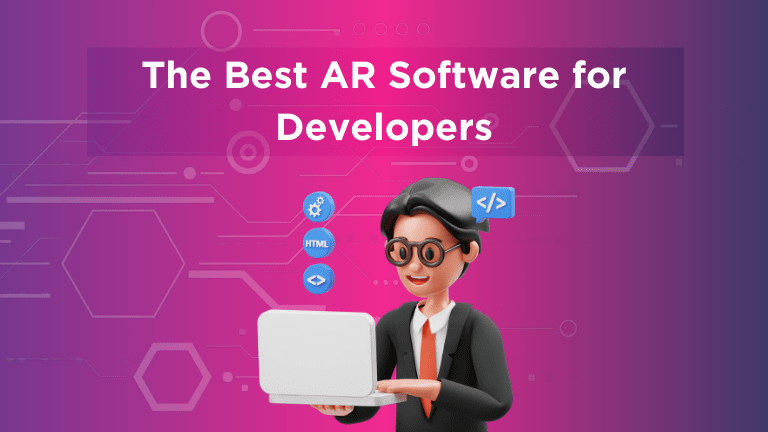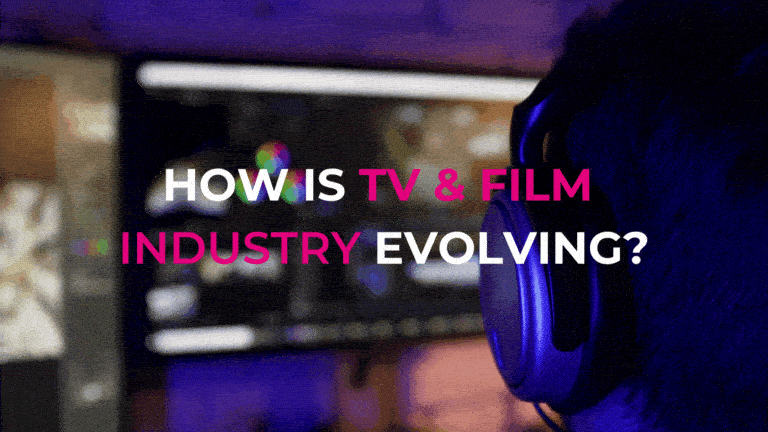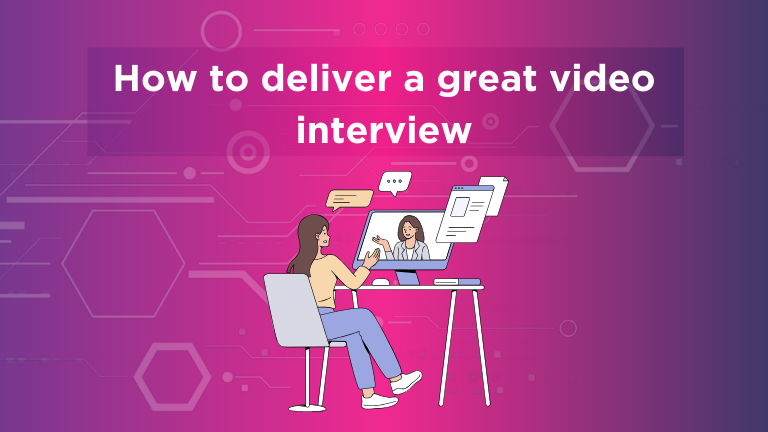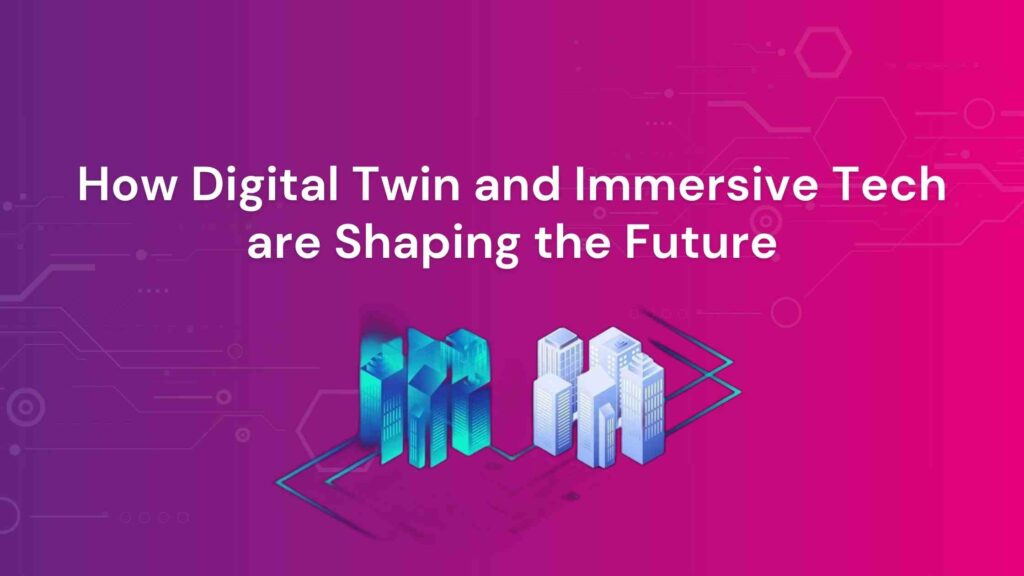Creating the Ideal Developer CV and Portfolio with AI
In our previous post, “Creating an Authentic CV with AI: Avoiding a Robotic Tone”, we discussed how to use AI tools to craft a CV that maintains your authentic voice while benefiting from automation. Now, let’s delve deeper into how developers in immersive technology can use AI to create concise, relevant, and attention-grabbing CVs and portfolios.
Why AI is a Game-Changer for Developer Portfolios
They use AI to improve how they present their work, making sure it appeals directly to recruiters and hiring managers. By automating tedious tasks and offering smart recommendations, AI helps developers focus on what matters most—showcasing their skills and achievements in the best possible way.
Key Benefits of AI for Developer Portfolios:
- Find the most relevant project for a particular job.
- Improve CV structure to grab the recruiter’s attention.
- Write clear, impactful descriptions that highlight the value of each project.
- Customise your CV to suit different job applications quickly.
Using AI to Highlight Your Most Relevant Projects and Skills
In today’s competitive job market, relevance is everything. Recruiters are often pressed for time and may only skim through a CV or portfolio. That’s why it’s critical to focus on the project and skills that align closely with the role you’re applying for. AI can help you identify these relevant aspects, allowing you to showcase your best work while saving time.
Tools powered by AI can automate the process of scanning your work history to identify the most relevant projects. This is especially useful if you’ve worked on various immersive tech projects. Not all of them will be relevant, and AI can help filter out the less important ones. AI can categorise projects based on skills—such as problem-solving, technical know-how, or teamwork—so the most suitable examples are highlighted.
By using AI to sift through your work, you can be confident you’re putting your best foot forward each time. This ensures the recruiter sees your strongest work and helps make a great first impression by showing a clear alignment with job requirements.
How AI Tools Can Help: Practical Examples
- Skill Matching: AI can cross-reference your project against job descriptions to determine which skills match the job requirements.
- Project Prioritisation: AI can evaluate each project’s impact, helping you decide which work should come first.
Structuring Your CV to Capture Attention Quickly
A well-structured CV is crucial for grabbing attention in the first 30 seconds. It’s not just about content; how your CV looks makes a big difference, too. Elements like white space, bullet points, and consistent formatting can help make it more visually appealing and easy to read. AI tools can suggest layouts that are designed to catch the recruiter’s eye.
AI-driven CV builders often offer templates that have been tested for recruiter engagement. These make it easier for developers to present their skills effectively. AI can ensure your CV is structured so that your achievements are front and centre, making a strong impression from the start.
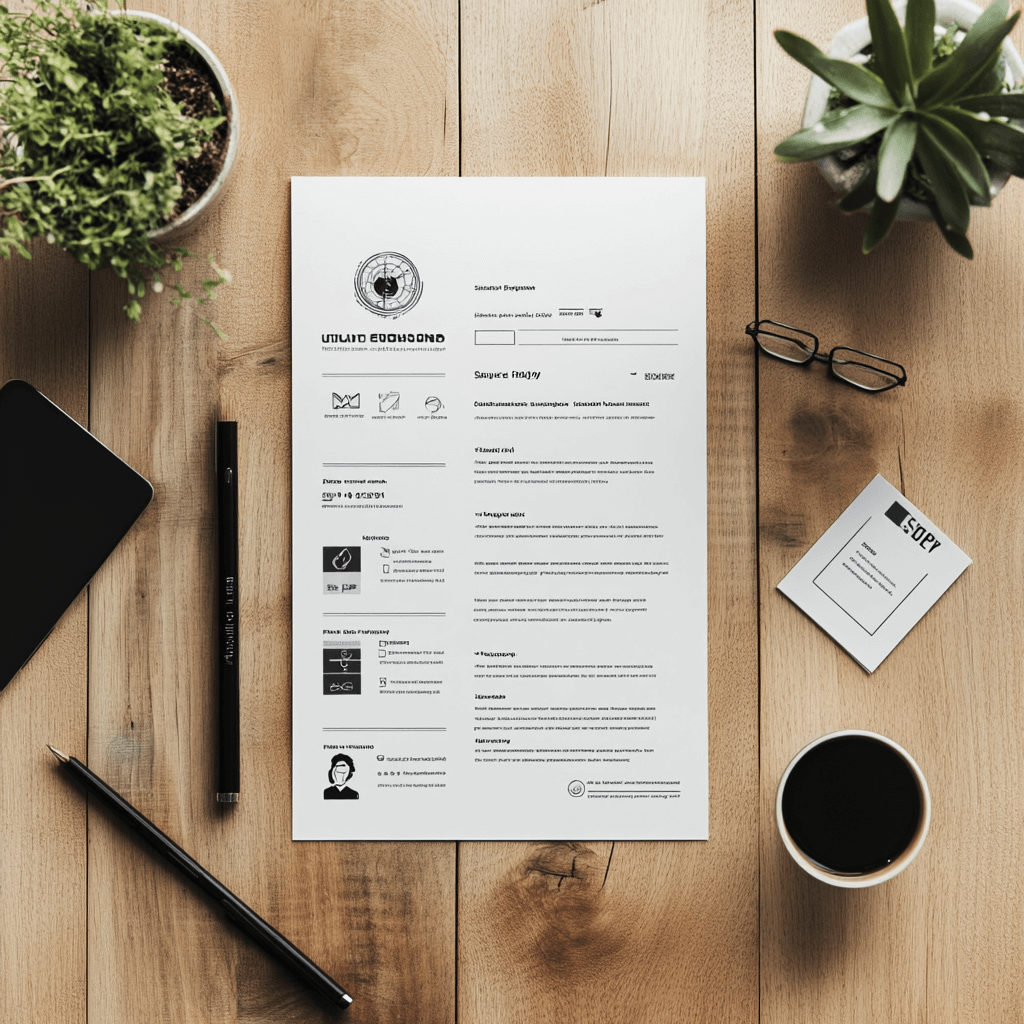
AI-Driven CV Structuring Tips
- Template Selection: Use AI to choose a CV template optimised for the tech industry.
- Highlight Key Skills: AI can analyse job descriptions to identify keywords and skills that recruiters look for, helping you position these at the top of your CV.
AI can also help prioritise content within your CV. By analysing job descriptions, AI can determine which skills and experiences are most likely to catch a recruiter’s eye. This is especially helpful for roles with specific technical requirements. Ensuring that the most relevant information is presented early on increases your chances of passing the initial screening.
Writing Focused, Clear Project Descriptions with AI
AI can help write project descriptions that are both concise and impactful. But it’s important to keep your authentic voice, as generic descriptions can feel impersonal. Adding details unique to your experience can make your CV stand out. AI can summarise complex projects in clear language, but your personal touch makes these summaries memorable.
AI can also reduce jargon and simplify technical terms, making your descriptions more accessible to non-technical readers. This is crucial when the hiring manager doesn’t have a technical background. By making your contributions easy to understand, you increase your chances of moving forward in the hiring process.
Key Elements of Effective Project Descriptions
- Challenges and Solutions: Highlight the challenges you faced during the project and how you overcame them. AI can summarise these challenges, but your insights into problem-solving will add depth to your descriptions.
- Outcomes and Impact: Focus on measurable outcomes, such as improved system performance or increased user engagement. AI can draft these outcomes, but your perspective makes them resonate.
Customising Your CV for Each Job Using AI
Customising your CV for each job is important but time-consuming. AI can speed up the process by suggesting modifications based on the job description. Automation saves time and reduces errors, like forgetting to update a project. AI can also ensure consistency across the CV, making sure it’s relevant for each role.
Another benefit of AI is the ability to create multiple CV versions quickly. If you’re applying to different sectors—like AR/VR, gaming, or enterprise apps—AI can generate tailored CVs for each sector, focusing on the skills that matter most. This targeted approach makes you stand out by demonstrating a good understanding of each role.
AI Tips for Tailoring Your CV
- Job-Specific Customisation: AI can scan job postings and highlight skills and keywords that should be emphasised.
- Industry-Specific Versions: Create CV versions tailored to different industries to show a targeted approach.
AI can also help ensure your CV aligns with each industry’s specific language and expectations. By adapting your CV’s language to match the job posting, you show you understand the employer’s needs, which can help set you apart.
Optimising for ATS While Keeping a Human Touch
Applicant Tracking Systems (ATS) can be intimidating, as passing these automated systems is often the first hurdle. AI can help identify the right balance of keywords by analysing job descriptions and suggesting which terms to include. However, it’s important to integrate these keywords naturally to avoid a robotic feel.
Think of your CV like a well-commented piece of code—it should be functional but also easy to understand. AI can help make your CV ATS-friendly by including relevant keywords naturally, allowing it to pass through automated filters while staying engaging. The goal is a CV that gets past ATS but still feels authentic and interesting to hiring managers.
Balancing ATS Optimisation and Readability
- Keyword Integration: Use AI to decide which keywords are essential, but make sure they fit smoothly into the text.
- Human-Friendly Language: AI can help balance technical terms with clear, engaging language, keeping both ATS and hiring managers happy.
AI tools can also provide insights on keyword density and placement, helping you balance technical terms with readability. Making sure your CV is both ATS-friendly and engaging will improve your chances of being shortlisted.
Enhancing Portfolio Descriptions to Keep Them Engaging
Your portfolio is an important part of your application, especially in the immersive tech world. Each project needs to be presented clearly and concisely while still keeping the recruiter engaged. AI can help write focused descriptions that highlight results without overwhelming the reader with too many details.
Ask for feedback from peers or mentors when refining your descriptions—an outside perspective can often catch things you might miss. Feedback can help ensure your key points are communicated well. AI can provide a solid starting point, but human feedback helps refine content to reflect your unique contributions.
Making Your Portfolio Stand Out with AI
- Interactive Content: AI can help create dynamic content like video summaries or infographics, making your portfolio more engaging.
- Personal Touch: Start with AI-generated content, but add your insights to make each project personal.

AI can also help create interactive portfolio content, such as personalised project overviews. AI tools can generate video summaries or infographics that visually represent your project, making your portfolio more engaging. Adding different media formats helps cater to different preferences, whether someone prefers reading, watching, or interacting.
Summary: Combining AI with Your Expertise for Maximum Impact
AI is a powerful tool that can help developers create more effective CVs and portfolios, but it should enhance, not replace your unique voice. By using AI to streamline the process—highlighting relevant skills, structuring content well, and customising for each role—you can save time and ensure your application is what recruiters are looking for. However, your personal experiences and authentic voice are what will truly set you apart.
AI should be seen as a collaborator—one that amplifies your strengths while keeping your individuality intact. Use AI to enhance your materials, but make sure it’s your journey and creativity that make your portfolio and CV compelling. Combining AI with your expertise will help create a portfolio that not only passes ATS filters but also grabs the attention of hiring managers, putting you on the path to your next opportunity.
Final Thoughts: Getting Started with AI Tools
If you haven’t tried AI tools for building your portfolio or CV, now’s the time. Start with tools that organise and summarise your project, then expand to more advanced options like interactive content. The key is to use AI as an ally that helps tell your story effectively, ensuring that your skills and experiences are presented clearly and memorably.

